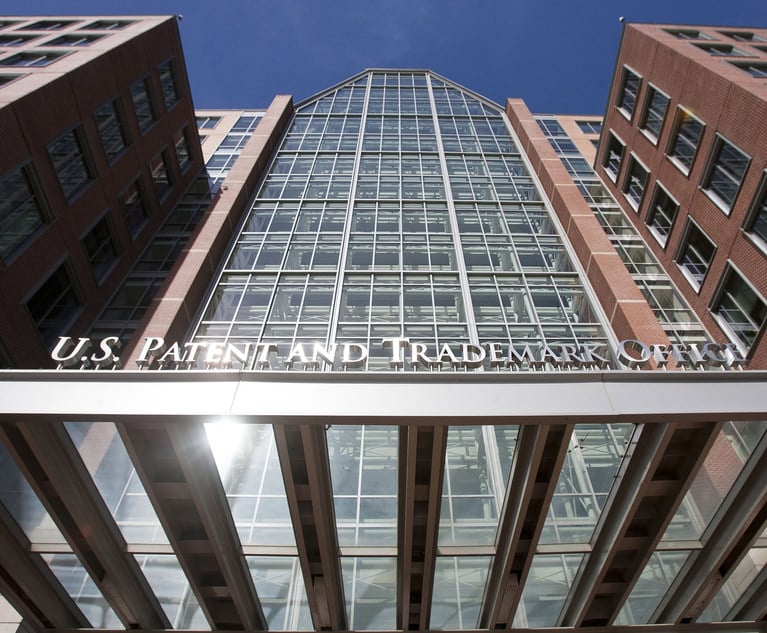Inter partes review proceedings, or IPRs, and their related proceedings have become a fixture in modern patent disputes. These proceedings, implemented in 2012 after President Obama signed into law the America Invents Act (AIA), provided a new, cheaper, and faster means for challenging the validity of patents at the U.S. Patent and Trademark Office (USPTO). Patent challengers were offered a new mechanism for petitioning the USPTO’s then newly-created Patent Trial and Appeal Board (PTAB), in an inter partes proceeding that also involves the patent owner.
One particular issue that has arisen is the complex interplay between these PTAB proceedings and parallel proceedings in district courts or the International Trade Commission (ITC) involving the same patents. In the PTAB’s precedential decision in Apple v. Fintiv, the PTAB introduced the “Fintiv factors,” which are now applied on a case-by-case basis to determine whether or not the PTAB in its discretion will institute an IPR in situations where there is parallel litigation in another forum. These factors include:
1. whether the court granted a stay or evidence exists that one may be granted if a proceeding is instituted;
2. proximity of the court’s trial date to the board’s projected statutory deadline for a final written decision;
3. investment in the parallel proceeding by the court and the parties;
4. overlap between issues raised in the petition and in the parallel proceeding;
5. whether the petition and the defendant in the parallel proceeding are the same party; and
6. other circumstances that impact the board’s exercise of discretion, including the merits.


 Robert L. Maier
Robert L. Maier




